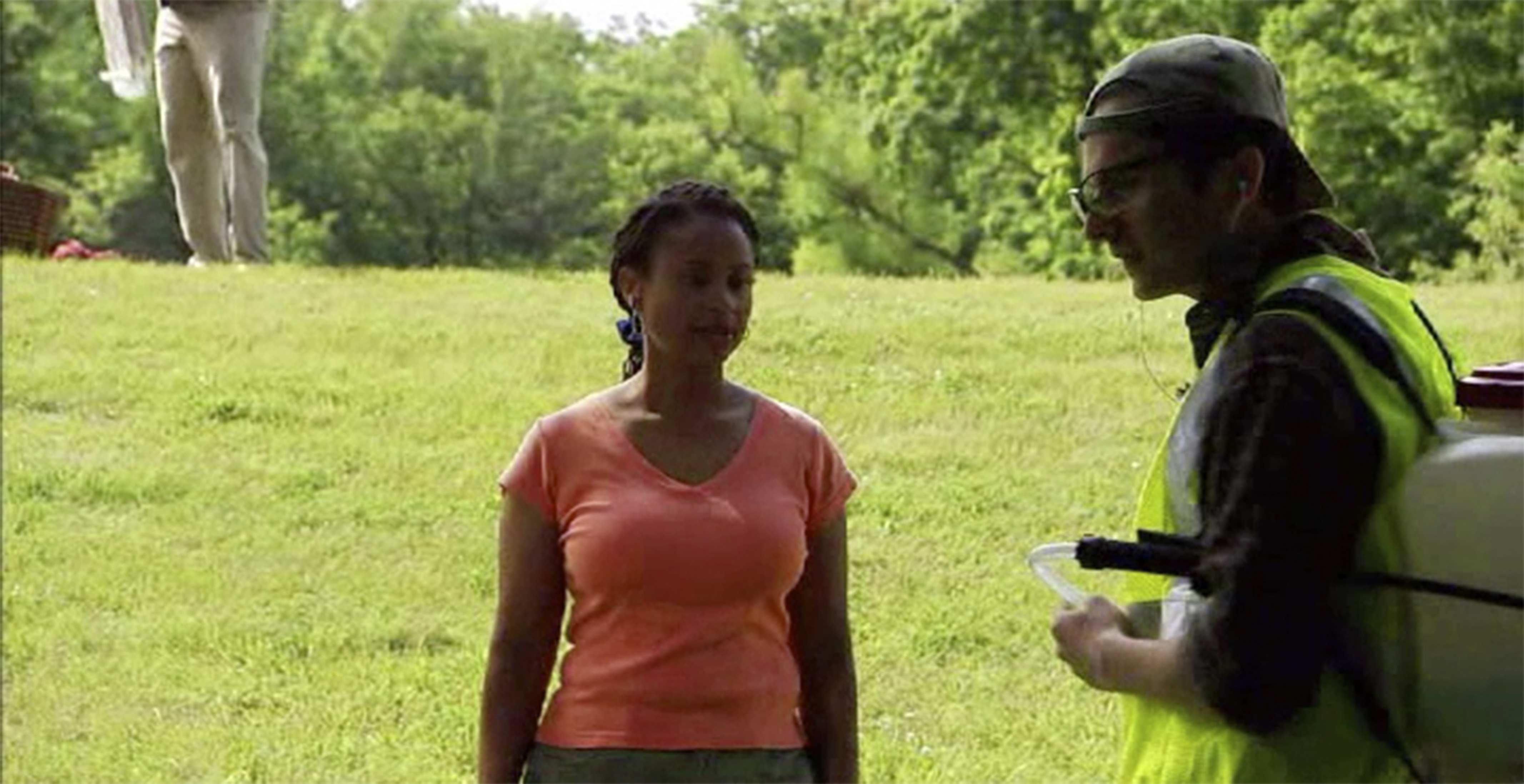All herbicides sold in the United States must be accepted for registration by the EPA based on a minimum of 120 scientific studies showing the pesticide will perform the intended function without “unreasonable adverse effects” on humans, animals (such as livestock) or the environment. The EPA defines “unreasonable adverse effects” as any unreasonable risk to man or the environment, taking into account the economic, social and environmental costs and benefits of the use of the herbicide.
Any substance can be toxic, but the dose level, or amount, of that substance along with conditions of exposure is what makes the effect toxic or harmful to a living organism. Researchers determine the highest dose of a product that still shows no negative effect on animals and call this the No-Observable-Adverse-Effect-Level (NOAEL). Scientists also determine a maximum exposure level — exposure to the highest estimated concentration level that could be expected with normal use. Using these two measurements, they calculate a “safety factor.” This factor shows a multiple of the highest labeled application rate that an animal would have to be exposed to in order to reach NOAEL.
If you are using herbicides containing aminopyralid and there is grazing cattle in areas of the rights-of-way, the following label precaution applies: When treating areas in and around roadside or utility rights-of-way that are or will be grazed or planted to forage, important label precautions apply regarding harvesting hay from treated sites, using manure from animals grazing on treated areas or rotating the treated area to sensitive crops. See the product label for details.
 Notify Your Neighbor
Notify Your Neighbor









